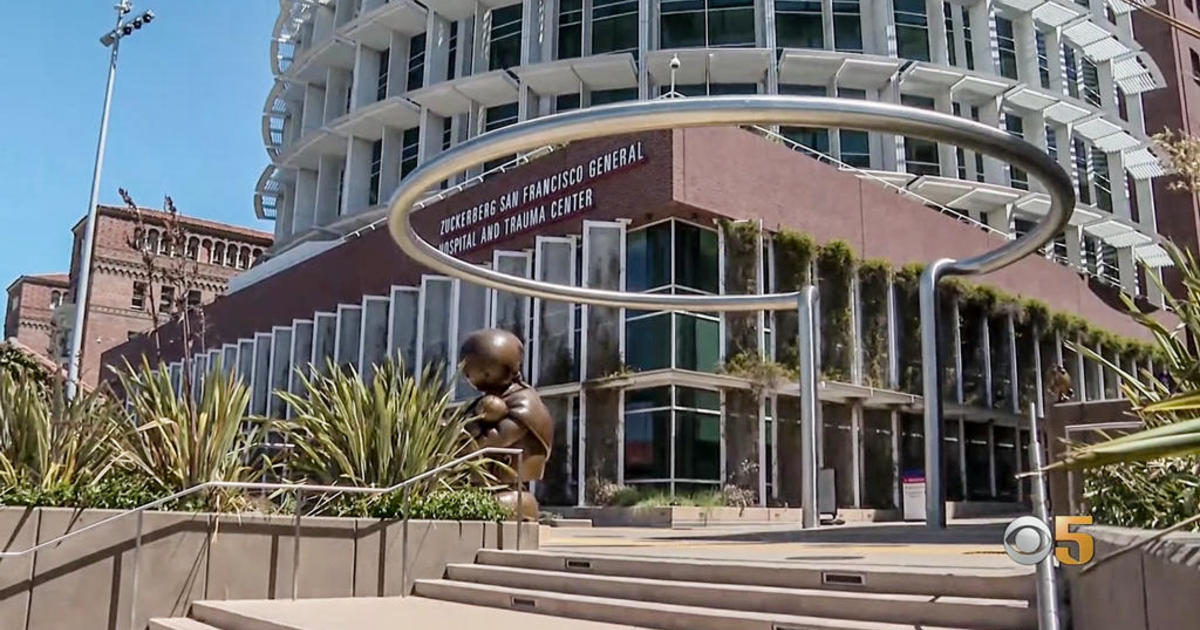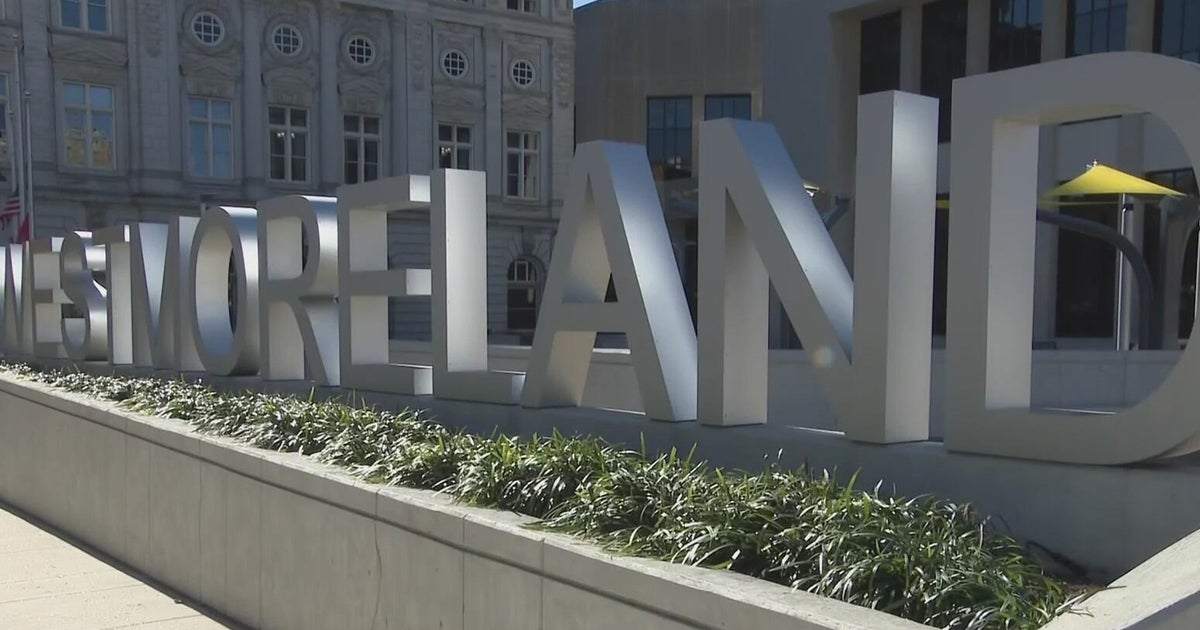Will the Social Security fund run out — and what will happen if it does? Experts explain.
It's no wonder the majority of millennials say they aren't factoring Social Security benefits into their retirement planning, for years they've been hearing that the retirement and disability program is going bust.
Their belief is based on projections such as from the most recent Social Security Trustees Report showing that Social Security's trust fund reserves will be depleted in 2033. That's one year sooner than the program's trustees had projected last year, and is partly due to shifts such as slowing economic growth.
Yet experts say that some Americans, especially younger workers, have misunderstandings about the impact if the trust fund indeed goes bust — a prediction, by the way, that's by no means a certainty. Even if the trust fund becomes depleted, the Social Security Administration will continue to take in payroll taxes from workers and their employers, allowing the program to pay the majority of benefits, experts note.
The problem, though, is that if the trust fund runs out of money, the program's 67 million beneficiaries will experience a benefits cut. And experts say those cuts could prove devastating to millions of older Americans, disabled people and children who receive benefits.
What would happen if Social Security ran out?
The impact of the trust fund's projected depletion was highlighted by Social Security Administration's Chief Actuary Steve Goss and Deputy Chief Actuary Karen Glenn on a recent webcast hosted by the American Academy of Actuaries.
"At that time [if the trust fund is depleted], there will be an immediate drop in benefits of about 25%," Glenn said.
The system is designed to be progressive, meaning that the Social Security benefits paid to low-wage earners represent a bigger share of their earnings. For that reason, it could hit low-income Americans hardest.
Currently, retirees who were low earners while working — defined as earning about $30,000 a year while employed — get about 50% of their income replaced from their Social Security benefits, Glenn noted. But that would drop to about 40% of replacement earnings in 2033 if the trust fund runs out of money.
High earners, or people who paid Social Security taxes at the earnings cap, about $160,000 a year, would see their replacement rate drop from 25% now to 20% in 2033, she said.
"The question is: Do you consider these benefits adequate?" Glenn remarked.
Deep cut for low earners
The cut would prove more significant for low earners, an issue given that low-paid workers are less likely to set aside retirement funds or save up for old age than higher-income Americans. They're also likely to be more dependent on Social Security for that reason.
The result would likely lead to a spike in poverty rates for older Americans, predicted Nancy Altman, the president of Social Security Works, an advocacy group for the benefits program.
"Not only would it increase poverty, it would deepen poverty for those already in poverty," she noted.
She added, "You would really have to curtail your expenses. You might have to move; you might not be able to afford rent, and have to move in with someone who can take you in, like your adult children."
What are the chances that the Social Security fund will run out?
At the current trajectory, it appears very likely that the Social Security trust fund could run out of money in or around 2033.
But that doesn't mean it will. Lawmakers could make a number of changes that would shore up the trust fund and put it in financial health for 75 years, according to Goss and Glenn.
There are a number of proposals, from Democrats, Republicans and bipartisan committees, that tackle the trust fund's looming crisis. For instance, Republicans have proposed pushing up the retirement age to 70, effectively cutting between 2 to 3 years of benefits for today's workers — an idea that's not palatable to most Americans, with three-quarters telling an AP-NORC poll they oppose it.
Are there other ways to fix Social Security?
Other proposals include raising the wage cap on taxes, set at about $160,000 this year. Currently, any income above that amount is exempt from the payroll tax. That means that middle- and lower-income workers shoulder a much bigger tax burden in funding Social Security than the 6% who earn above that amount. Raising the income cap could go a long way toward shoring up the trust fund, experts say.
Another option is to raise the payroll tax rate slightly, which could also cover some of the solvency issues.
Senator Bernie Sanders, an independent from Vermont, in February introduced a bill to address Social Security's looming insolvency. His plan would add $2,400 in benefits each year for retirees, while applying the payroll tax to earnings over $250,000, among other changes.
"The changes would have led to 75-year solvency," Glenn said, citing the Social Security Administration's analysis of Sanders' plan.
What does the Social Security Administration say?
The program has been shored up by lawmakers in earlier eras, which gives the Social Security Administration confidence that the program could be fixed before the 2033 depletion date, Goss said.
"We are very confident that, as has happened in the past, that Congress and the executive branch will step up and make necessary changes so we won't confront that," Goss said.
But, he said, he's hoping the changes occur sooner rather than later. Making changes earlier "provides more options," he noted.
Altman of Social Security Works noted that the crisis facing Social Security has been a talking point for far longer than millennials might realize. She's hopeful that the issues will be fixed, as they have in prior decades.
"I started working on Social Security in the mid 1970s — I was young and starting my career and I was told I would never get Social Security," she noted. "I was told I was the victim and it was these greedy geezers who wouldn't let benefits be cut."
She added, "Now, I'm 73 years old and I receive Social Security."







